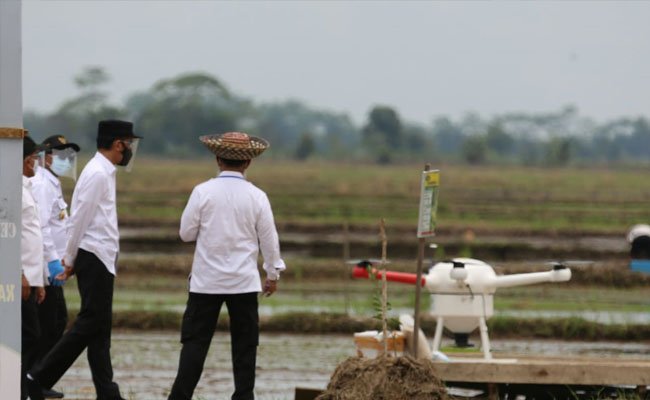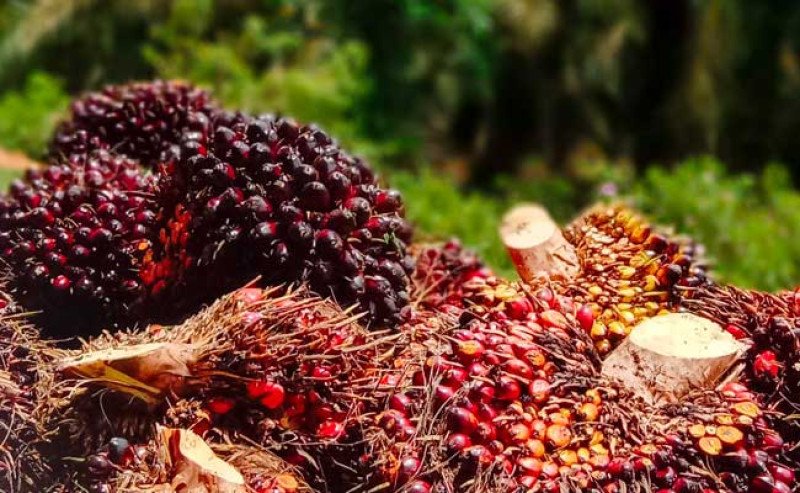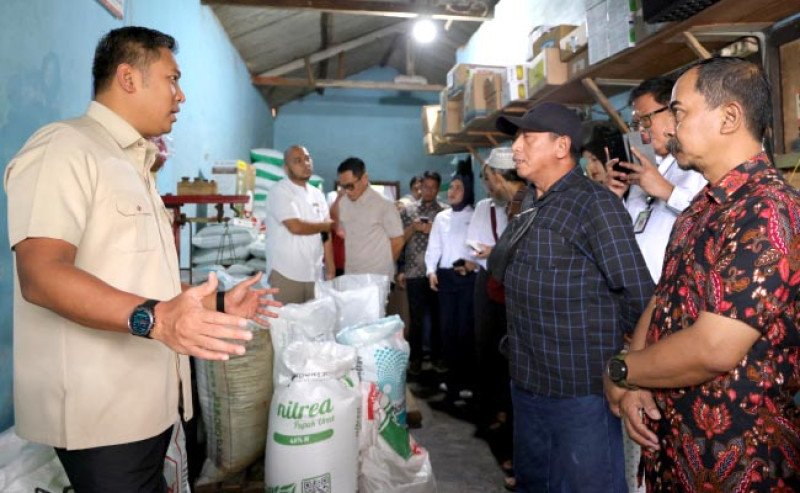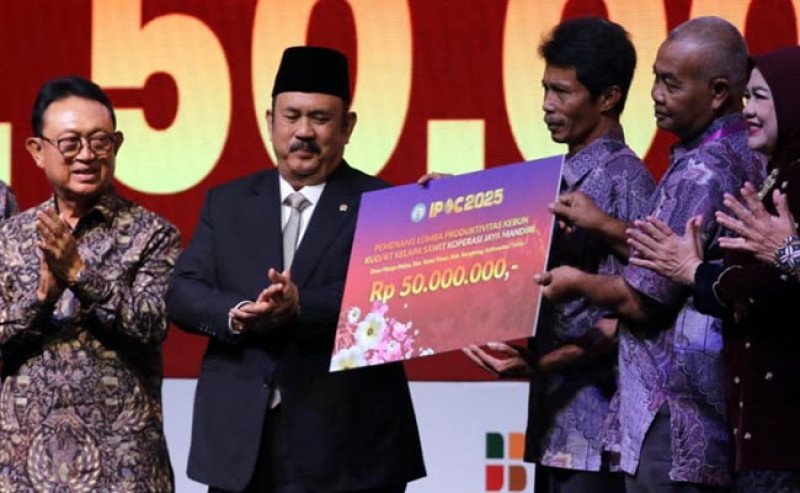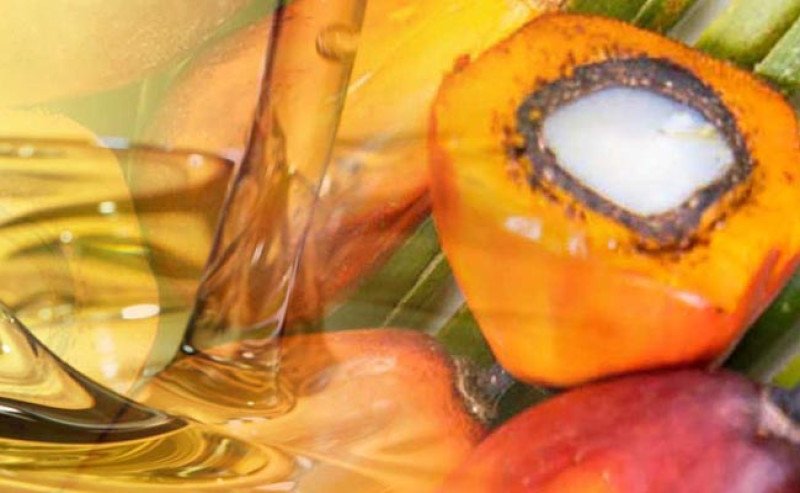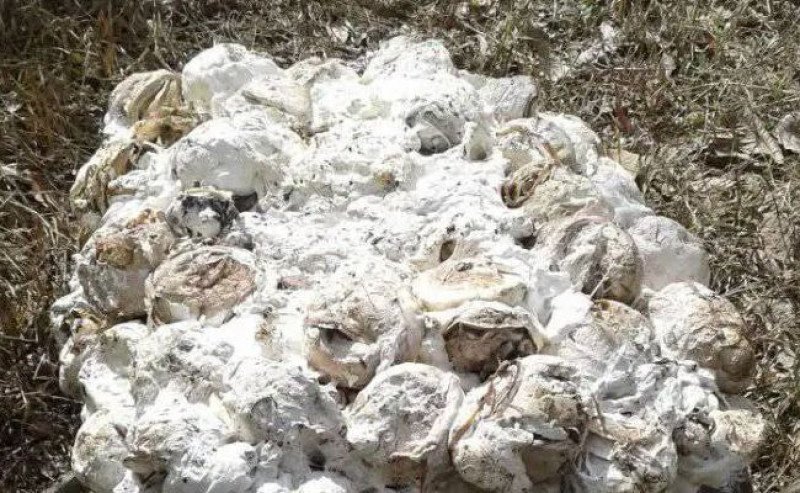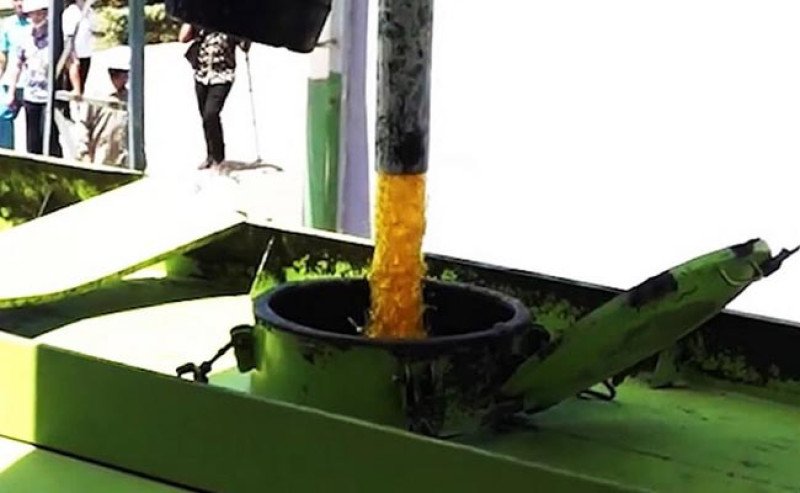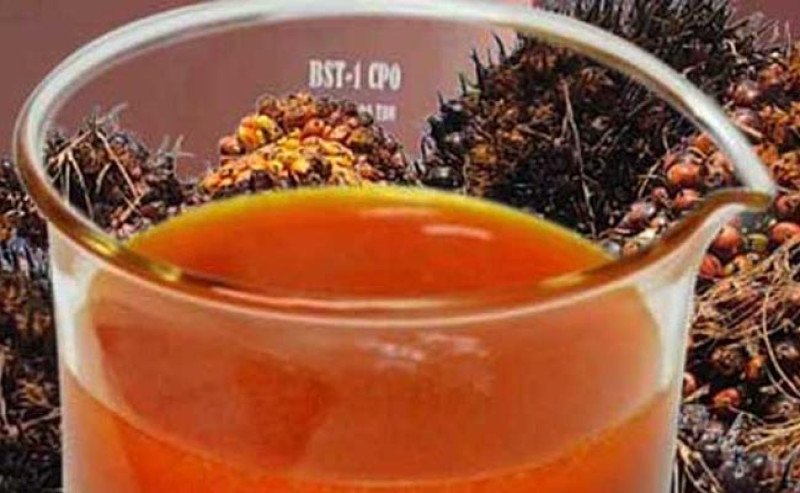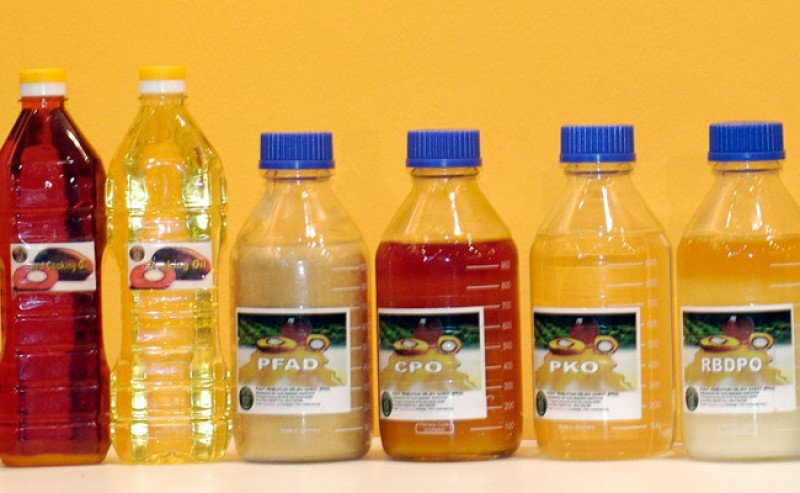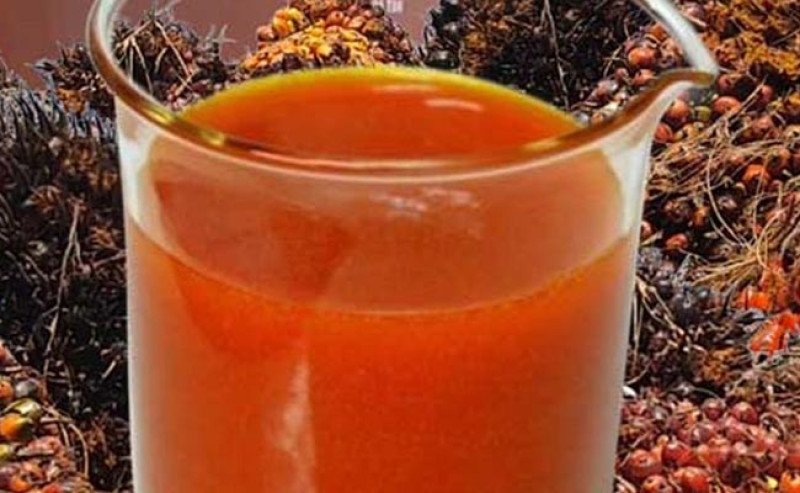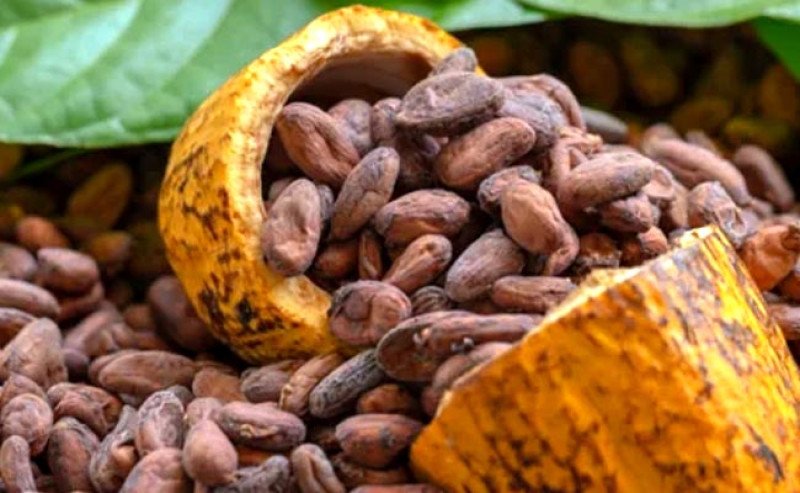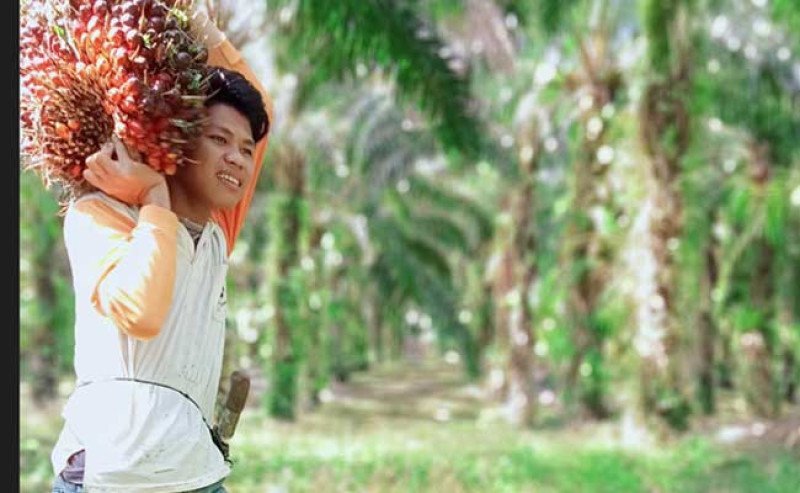Agricom.id, PULANG PISAU – Rupiah would competitively flow from the food estate program in Central Kalimantan. Besides the swamp paddy, it is predicted there would be kinds of commodities within promising numbers up to Rp 14 million/month/people. The products start from the horticulture, livestock, and also fishery. By optimizing 30thousand hectares, it is believed that the integrated products would make the farmers better.
The economy in the province would be better as the food estate program runs. It is in Belanti Siam, Pandih Batu, and Pulang Pusau, Central Kalimantan. It would be launched by President of Indonesia, Joko Widodo (Jokowi). Covering about 164,6 thousand hectares, food estate would develop the agricultural approach from the upstream to downstream sectors. The functional width covers about 85,45 thousand hectares, and 79,1 thousand hectares is the functional width.
"From the start, it is the very good program in economic perspective. The farmers and the people would get many economic advantages when they cultivate the food estate. Every potential is developed comprehensively and in measure,” Minister of Agriculture Syahrul Yasin Limpo (SYL) said, Thursday (8/10) as in the official statement to Agricom.id.
The food estate is the food cantilever nationally and it is a promising business. In the food estate program, paddy would be planted and developed in the 10 thousand hectares. The planting by the end of 2020 would cover 8.708 hectares. In District of Kapuas, the planting would cover 13.999 hectares within the potential width reaching 30 thousand hectares. Paddy could make income up to Rp 2 million/month/people. The production capacity would be increased up to 6 tons/hectare within harvest duration up to 3 times per year.
"Food estate would be the new economic center in Central Kalimantan and in Indonesia. The agriculture would be comprehensively done in corporate – base. There would be kinds of commodities within the big economic values. The point is that it would increase the people’s economy, besides as the food barn nationally,” he said.
In the food estate in Central Kalimantan, it is about to breed duck. There are two species to breed, such as, the alabimaster-2 agrinak and the mojomaster-1 agrinak. Alabimaster-1 duck could lay 128 eggs within about 0,8 gram per egg in the first 6 months. If it is one year old, they could lay 287 eggs/duck. It starts laying eggs after 177 days old.
The mojomaster-1 duck has the good. It starts laying eggs when it is 120 days old. In the six month of age, it could lay 120 eggs/duck. The numbers would be 238 eggs/duck when it is one year old. One egg could be 60,2 gram/egg. When it is one year old, the duck could be sold for about Rp 90 thousand/duck to be consumed. In one kilogram, there could be about 20 eggs. The integrated products, such as, duck and others would surely be profitable in the food estate program.
“The farmers would get many sources of income within potential values. By having the positive profiles, other regions in Indonesia could replicate these,” Syahrul said.
Besides duck, in the food estate, the fishery would be developed, such as, the Clasias gariepinus catfish, and the kapar belmeah (Belontia Haseti). The fishes would be bred in the fish cages within 3 x 3 x 1,5 meter. There would be 168 cages in the secondary irrigation. In one cage there would be 500 big catfish.
Breeding catfish would give lots of advantages. The economic values when harvesting the catfish could be about 200 gram/fish and may be Rp 20 thousand/kg to sell within the harvest cycle about three times a year. Catfish has good nutrients, such as, it could give energy about 240 kilo calory, 17,57 grams of protein, fat reaching 14,53 grams, and 13,6 grams of Omega 3 fatty acid.
Head of Badan Penyuluhan dan Pengembangan Sumber Daya Manusia Pertanian (BPPSDMP), Dedi Nursyamsi also mentioned that the food estate is designed as the complex income provider. It implements the corporate approach. “There would be many economic advantages, including the productivity. Besides the quality, we would increase the productivity by innovation and technology,” he said.
He also mentioned that the food estate would develop siam orange of Pontianak. It could produce 75 - 200 kg/tree/year. In general, it would be productive after 1,5 to 2 years.
As the strategy to optimize the productivity, BPPSDMP of Ministry of Agriculture did trainings within the themes, such as, the integrated program of paddy – coconut – duck; the intercrops of paddy – coconut.
"There would be extraordinary impacts in the food estate. In three years, the farmers’ income could be increasing 7 times. Everything is calculated. We also do many things to increase the productivity and the quality of the products in the food estate. We keep supporting and empowering the human resources to make the best innovation. If it is maximally developed, there would be more and more profits,” he said. (A2)
